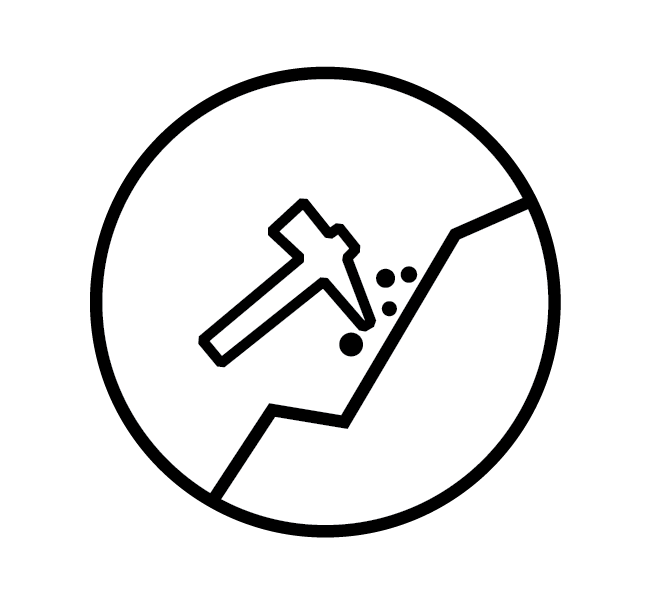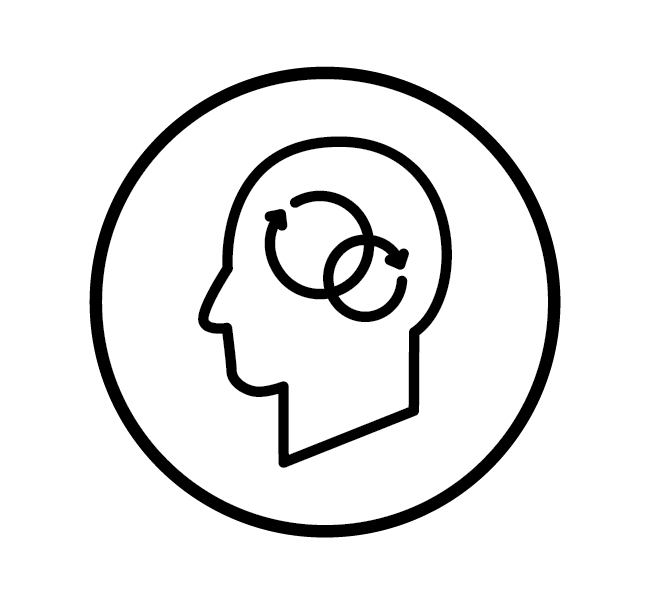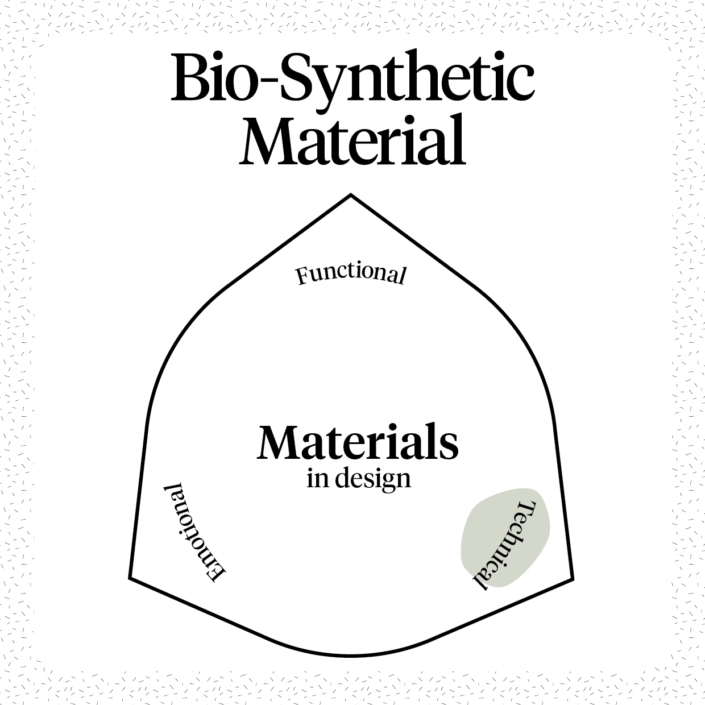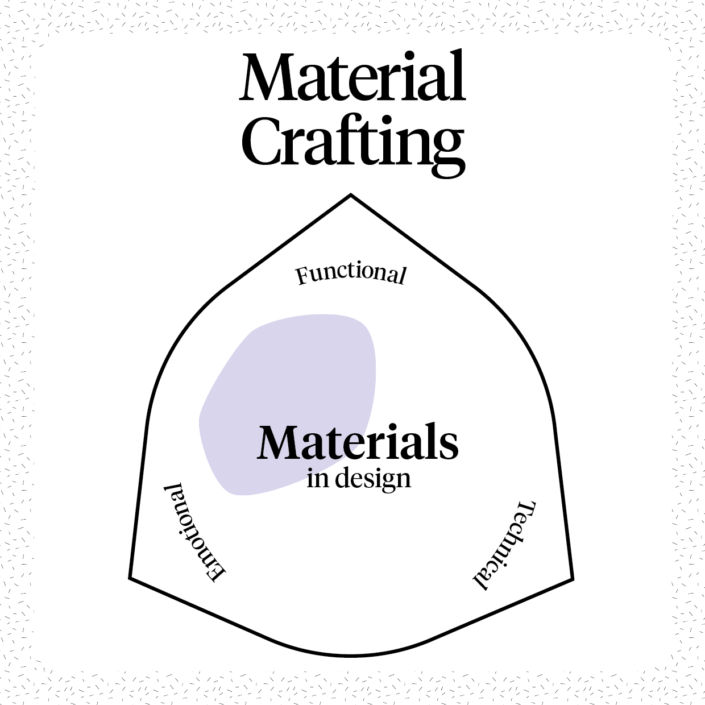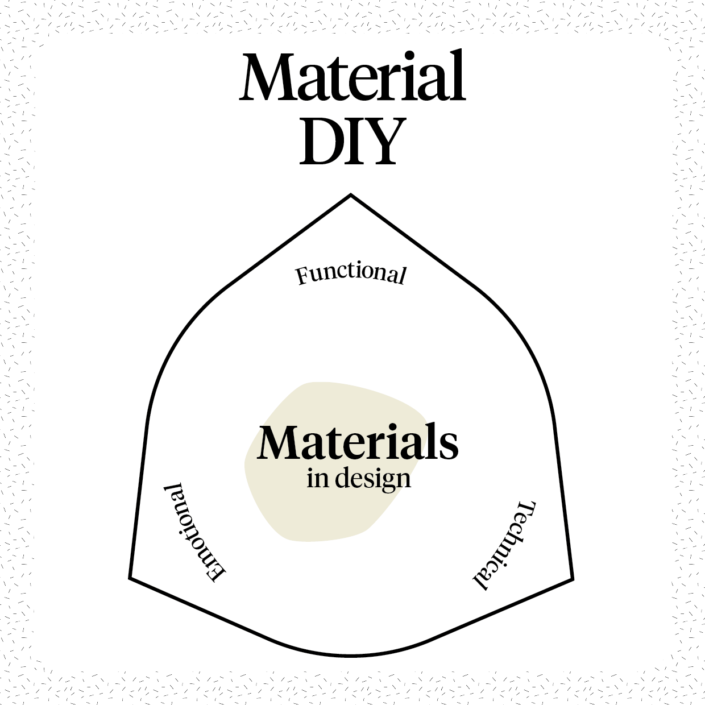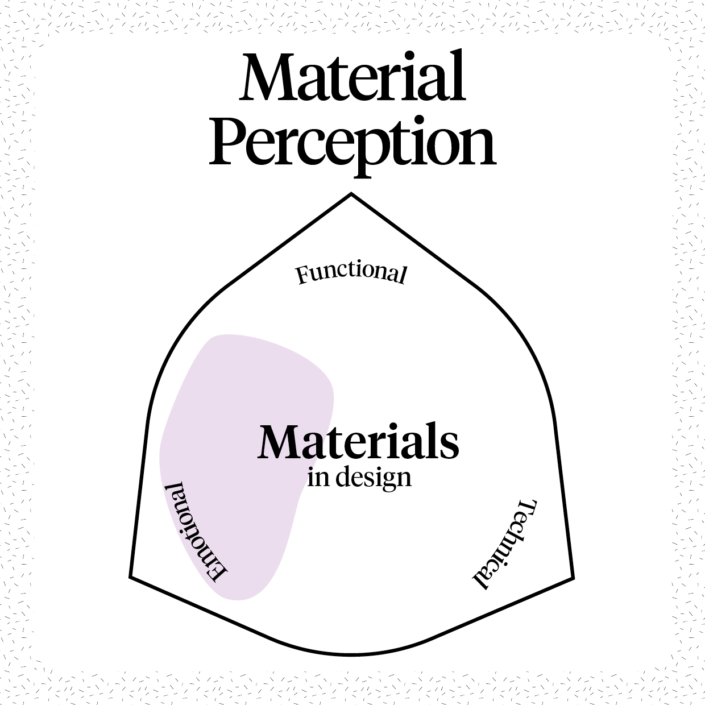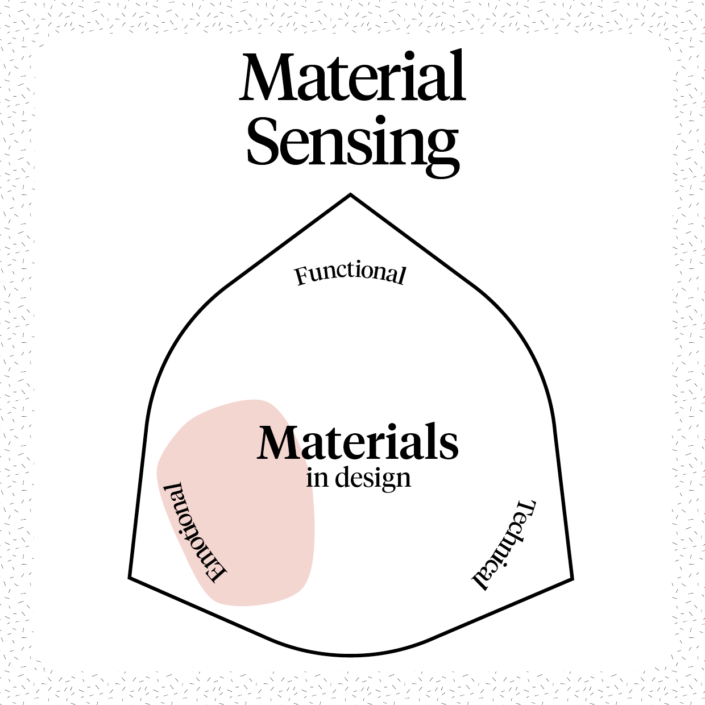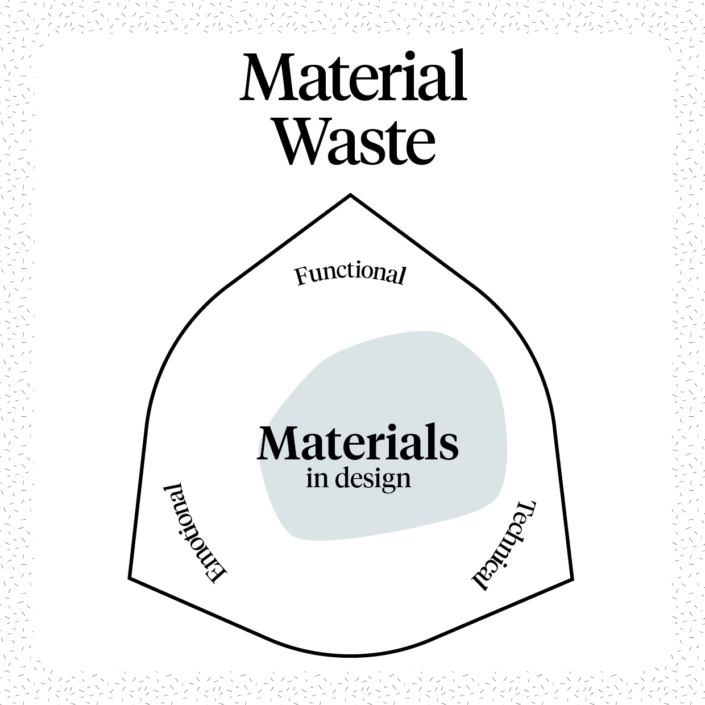What?
With material tinkering, a wished-for sensitivity to different properties and qualities of materials are developed through hands-on experimentation. Through different techniques, materials’ functional and sensorial aspects can be jointly explored and unfolded creating a shared vision for the material.
Why?
It can provide relevant information on material properties and characteristics through experimental practice and it can thus aid material selection with essential aspects of meaningful material experiences. Furthermore, it can stimulate development of new materials and creative repurposing of waste-stream materials.
Challenges
- There is a lack of general guidelines, rules, toolkits and methodologies.
- Direct experimentation with certain materials might be hazardous, e.g. tinkering with materials that are toxic or might release toxins in the tinkering process.
- Letting the material lead the way might challenge the traditional design process and thinking.
Examples
- Sophie Rowley’s Material Illusions experiments with waste materials through tinkering and craftsmanship.
- Joining Bottles by Micaella Pedros explores the possibilities and limits of repurposing plastic bottles as joining materials.
- In Inga Kristín Guðlaugsdóttir and Elín S. Harðardóttir’s Lupine Project explores lupin to provide an alternative for conventional materials.
Further Reading
Parisi, Rognoli & Sonneveld (2017). Material Tinkering. An inspirational approach for experiential learning and envisioning in product design education. The Design Journal, 20:sup1, S1167-S1184.


